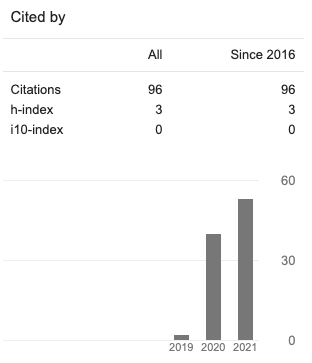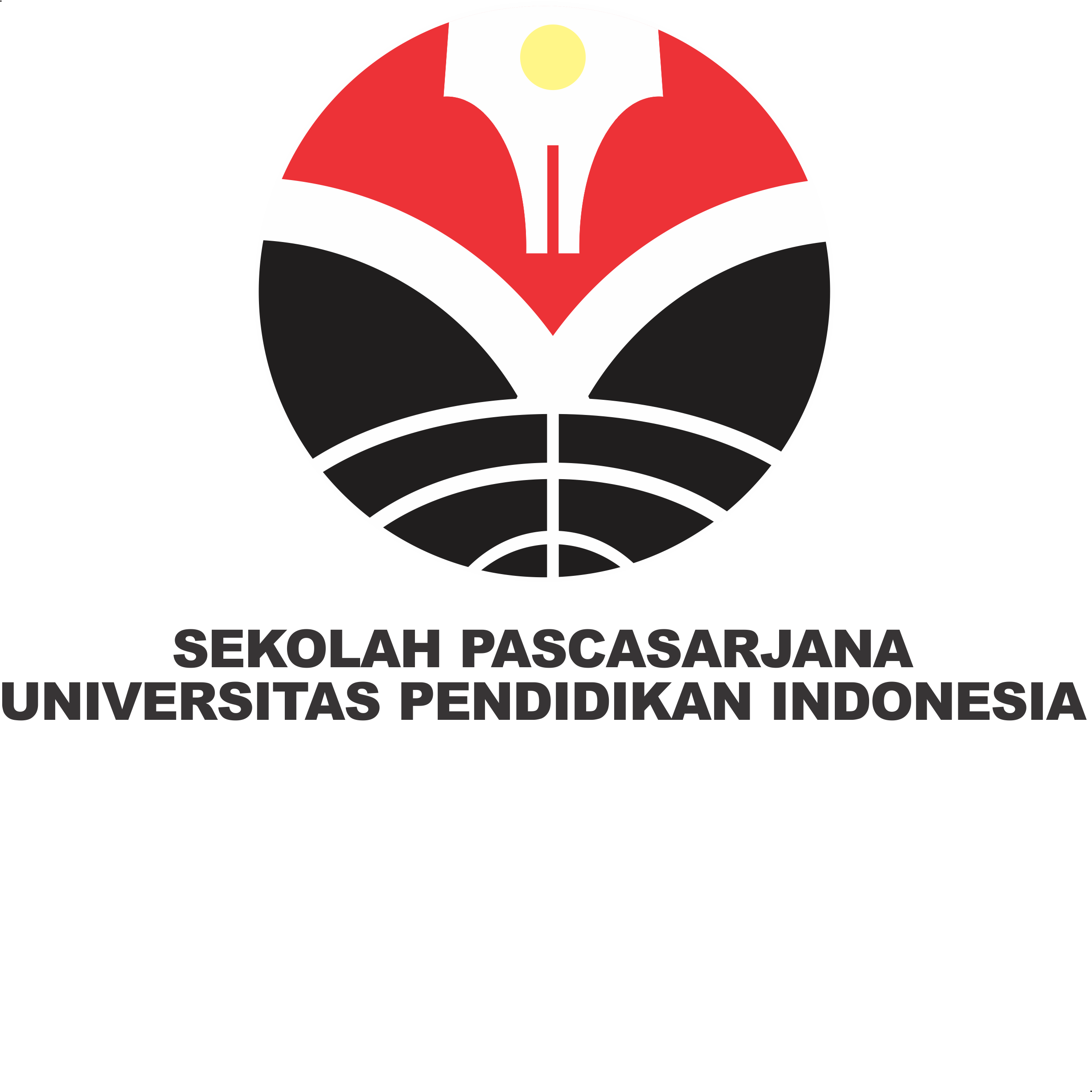A Review of The Effect of Nutritional Status on Gross Motor Skills of Early Childhood
Abstract
Nutrition is an essential factor for children’s development. Nutrition is substances in food that the body needs to function properly. Adequate nutrition is essential for growth, health, and development of children. Nutritional status is a measurement of a person’s body condition that can be seen from the food consumption and the use of nutrients in the body, or the physiological state of an individual, which resulted from the relationship between nutrient intake and requirements and from the body’s ability to digest, absorb, and use the nutrients. The purpose of this research is to investigate the effect of nutritional status on gross motor skills development in early childhood. During the early childhood period, the child is vulnerable to the problem of nutritional status or malnutrition/obesity, which affect proper growth and development as well as day-to-day physical and mental functions. If the children miss the opportunities of normal development due to influences of environmental factors, they undergo the risk of future retardation. The undernourished children decrease their activity levels and they will become more apathetic. This in turn affects their social interactions and cognitive functioning. The nutritional status will be determined using weight and height measurements and the age of the children. The test of gross motor development for preschool by Ulrich (2000) is the tool used for measuring the gross motor skills















